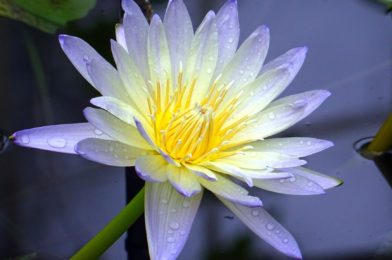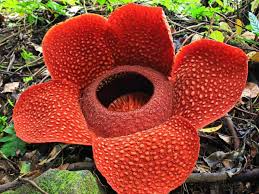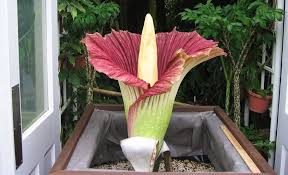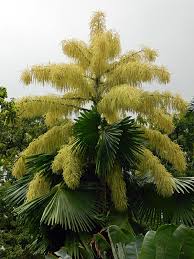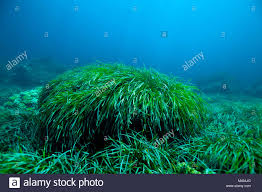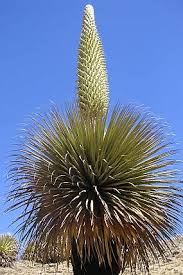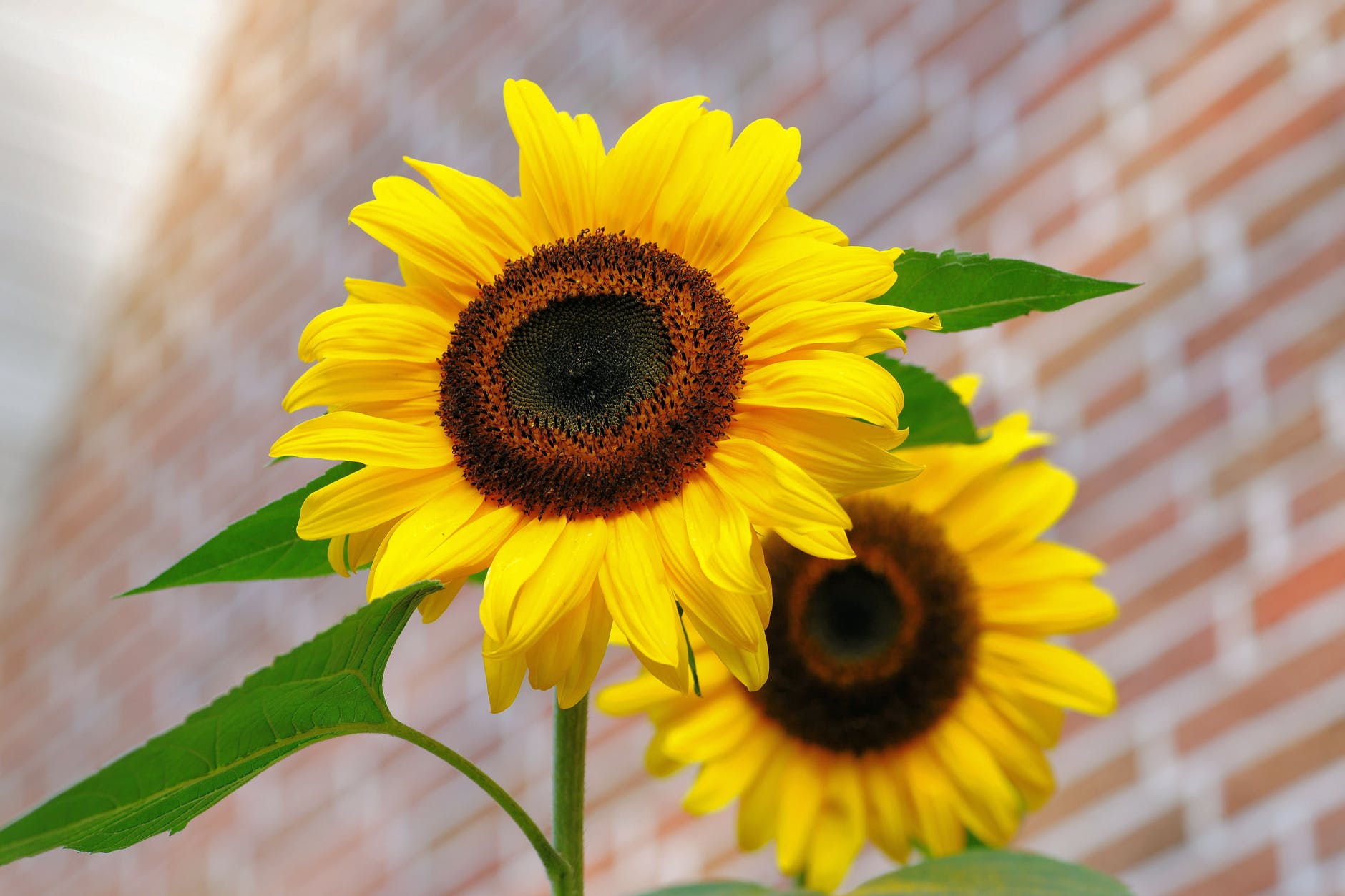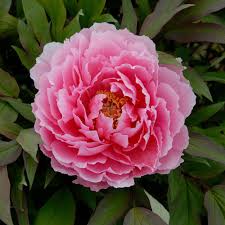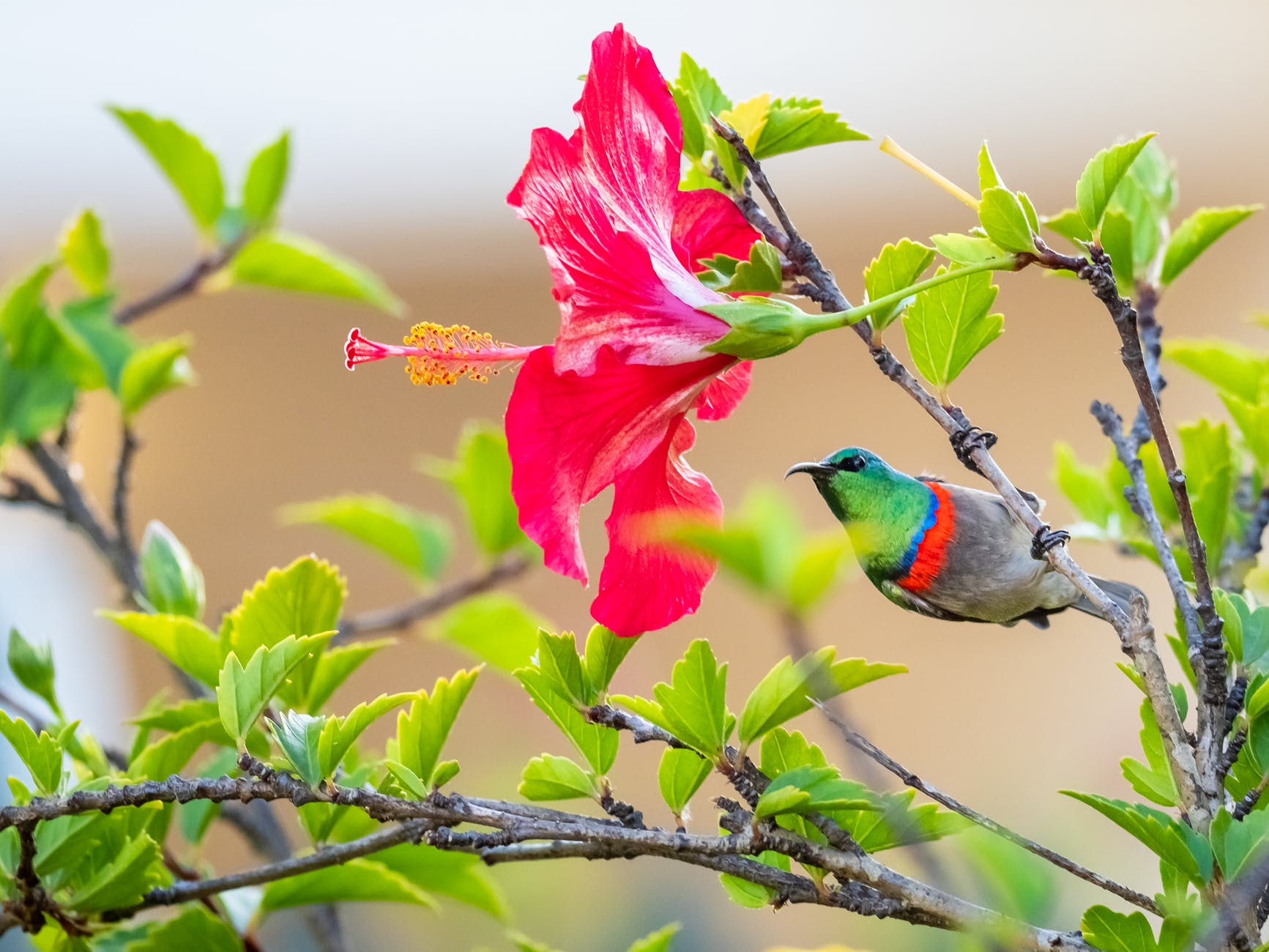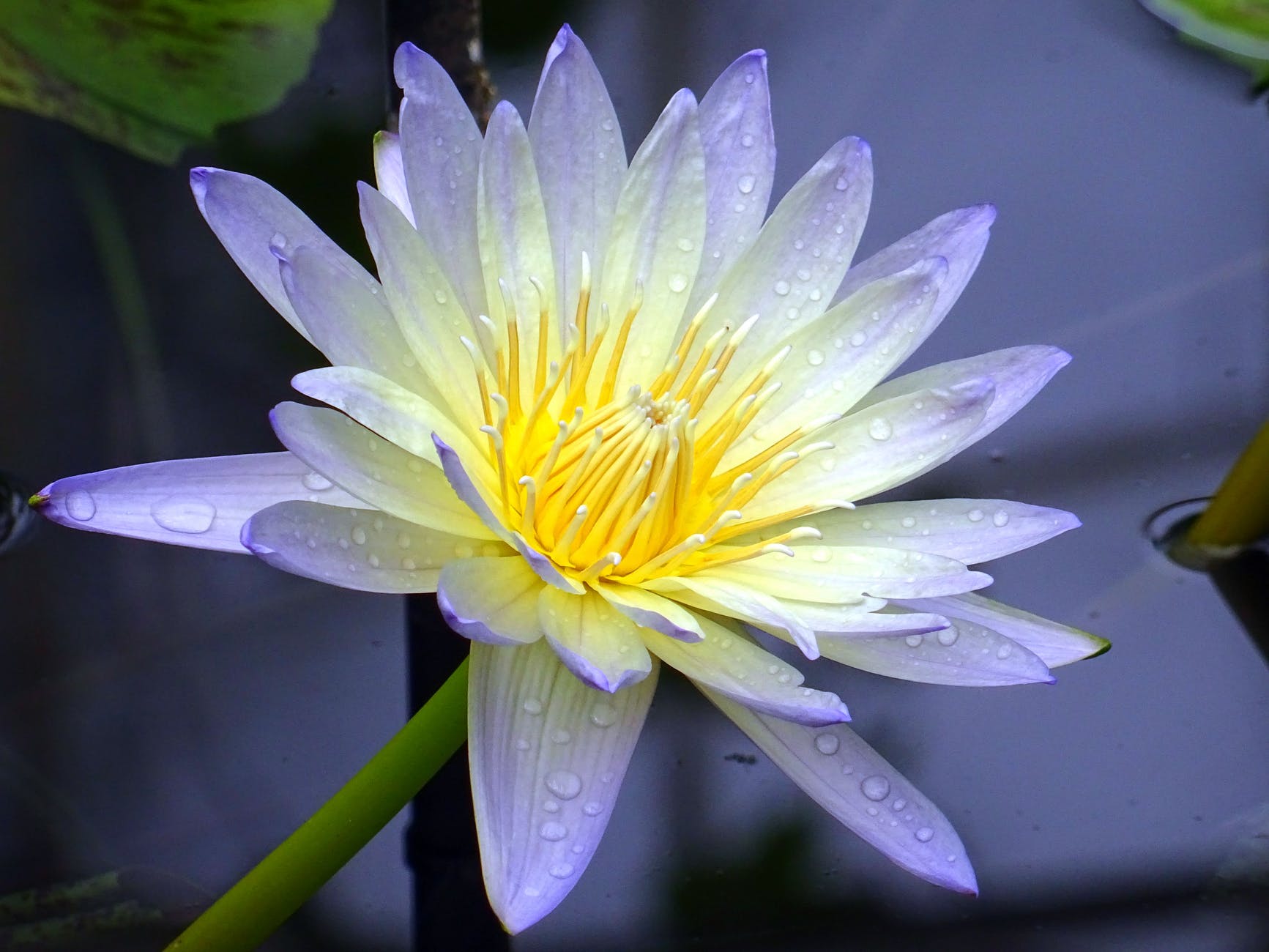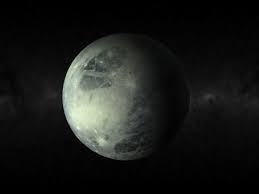The army serves as a critical component of the military forces of many nations worldwide, comprising almost solely of land forces. Army is a unit capable of independent action and consisting of a headquarters, two or more corps, and auxiliary troops. It is an organized military force equipped for fighting on land.
Although peace is what the world is trying to promote in the modern era, each country still has their own military forces to back up the country. The mission of a military is to support the nation and bring peace to the nationwide citizen.
1.People’s Liberation Army Ground Force (PLAGF), China
The People’s Liberation Army Ground Force (PLAGF) of China is established in August 1927. PLAGF of China is the world’s biggest army, with an estimated 1.6 million troops. The PLAGF is one of the major military divisions of the People’s Liberation Army (PLA). The People’s Liberation Army Ground Force (PLAGF) is the land-based military service branch of the People’s Liberation Army and it is the oldest branch of the entire Chinese armed forces. The People’s Liberation Army Ground Force maintains close relationships with several paramilitary organizations within China.
Primarily the People’s Armed Police and the People’s Liberation Army Milita (PLA Milita), Both of these paramilitary organisations act as a reserve force for the PLAGF during a time of national emergency such as war or natural disaster. The Chinese military divides its units into two categories, Category A and Category B. Category A covers “full-training units” with complete armaments and full establishment. They have modern armaments, and undergo full-time, high-intensity military training. Category B units are “non-full-training units” which have out-of-date armaments, are under-manned, have low budgets, receive less training, often participate in productive labor, and have to have their weapons replaced and receive basic training before they can go into battle. The PLA operates under the command of the Central Military Commission. The active ground forces of the army are deployed across seven military regions in the country.
- Indian Army
The Indian Army Constists of 1.2 million troops and it is equipped with T-72 and Arjun tanks, BMP series infantry fighting vehicles, anti-tank guided missiles, Apache helicopters, fast reconnaissance vehicles, modern individual weapons, self-propelled artillery and air defence missiles. The Indian Army is the land-based branch and the largest component of the Indian Armed Forces. The Indian Army originated from the armies of the East India Company, which eventually became the British Indian Army, and the armies of the princely states, which were merged into the national army after independence. The primary mission of the Indian Army is to ensure national security and national unity, to defend the nation from external aggression and internal threats, and to maintain peace and security within its borders. It conducts humanitarian rescue operations during natural calamities and other disturbances, such as Operation Surya Hope, and can also be requisitioned by the government to cope with internal threats.
Top military sources said the “game-changing” proposal is being examined by top commanders of the Army and that its main aim is to bring people closer to the 13 lakh-strong force by giving them an opportunity to experience military life. Approximately 50 per cent to 60 per cent of the Short Service Commissioned Officers are granted permanent commission, the cost of their retention till attaining 54 years of age is too high. India’s military has been in the process of operationalising cyber and space commands for several years now. The mighty Indian military is one of the top five powers in the world – though growing civilian unrest is shifting the focus within. The Indian Army is commanded by the Chief of Army Staff (COAS). It employs a regimental system divided into mountain, infantry, and armoured and mechanised divisions.
- US Army
The US Army is one of the three military departments (army, navy and air force) working under the Department of Defence. It is mainly composed of active and reserve components. The US Army employs more than one million active-duty, reserve and National Guard members. The United States Army (USA) is the land service branch of the United States Armed Forces. It is designated as the Army of the United States in the U.S. Constitution. The modern U.S. Army has its roots in the Continental Army, which was formed 14 June 1775 to fight the American Revolutionary War. The mission of the U.S. Army is to fight and win our Nation’s wars, by providing prompt, sustained land dominance, across the full range of military operations and the spectrum of conflict. The United States Army is the land service branch of the United States Armed Forces. The US Army utilizes modern weaponry including tanks, armoured fighting vehicles, self-propelled and towed artillery, as well as missiles and rocket-launching systems.
4.Korean People’s Army Ground Force (KPAGF)
The Korean People’s Army Ground Force (KPAGF) is the major army of North Korea’s Korean People’s Army. Established in August 1947, the KPAGF is estimated to have a current strength of 950,000 troops. Korean People’s Military Land Group is the main branch of the Korean People’s Army, responsible for land-based military operations. South Korea could modernize its forces, which in turn alerted North Korea and resulted in the expansion of the North Korean armed forces. The weaker of the two Koreas has main branch of the Korean People’s Army responsible for land-based military operations. The North Korean ground force holds the arsenal of 4,300 tanks, 2,500 armoured vehicles, 8,600 field artillery systems and 5,500 multiple rocket launchers, according to latest estimates. Most of the artillery and missile systems are positioned close to the Demilitarised Zone (DMZ) dividing North and South Korea.
In 1960, the KPAGF may have totaled fewer than 400,000 personnel and probably did not rise much above that figure before 1972; the force then massively expanded over the next two decades. In 1992, there were 950,000 personnel. Before this expansion of the North Korean ground forces, the South Korean army outnumbered the KPAGF. From the 1970s on, South Korea started exceeding North Korea in terms of economics. Thus, South Korea could modernize its forces, which in turn alerted North Korea and resulted in the expansion of the North Korean armed forces. Korean People’s Army Ground Forces has six categories of ranks; marshals, general officers, senior officers, junior officers, Non-commissioned Officers, and Soldiers.
5.Pakistan Army
The Pakistan Army was formed in 1947 after independence from the British Empire. It is one of the world’s biggest armed forces. According to the estimation provided by the International Institute for Strategic Studies (IISS) in 2020, the Pakistan Army had approximately 560,000 active-duty personnel, supported by the Army Reserve and National Guard. The Pakistan Army’s primary objective and constitutional mission is to ensure the national security and national unity of Pakistan by defending it against external aggression or the threat of war. It can also be requisitioned by the federal government to respond to internal threats by maintaining peace and security within its land borders. The Pakistan Army, which is a major component of the Pakistani military alongside the Pakistan Navy and Pakistan Air Force, is a volunteer force which has seen extensive combat during three major wars with neighbouring India and several border skirmishes on its porous border with Afghanistan.
The Pakistan Army is commanded by the Chief of Army Staff, who is by statute a four-star ranking general and a senior member of the Joint Chiefs of Staff Committee appointed by the Prime Minister of Pakistan and subsequently affirmed by the President of Pakistan. Pakistan is purchasing over 20 weapon systems from China at low prices. The Pakistan Army engaged in three major wars against India. Most of the weapons used by the armed forces are of Chinese, European or American origin. The inventory mainly comprises small arms, armoured vehicles, artillery, helicopters and air defence systems.
6.Republic of Korea Army (ROK Army)
The South Korean Army was formed in 1948 after Korea divided into two nations. The Republic of Korea Army (ROK Army) is the ground-based force of the South Korean armed forces. With the strength of 464,000 troops, the ROK Army is the largest of three divisions. The army has been going through rapid modernization, resulting in the induction of a range of advanced weapons and military technologies. The inventory of land forces is believed to comprise 2,300 tanks, 2,700 armoured vehicles, as well as more than 5,800 artillery pieces and multiple rocket launching systems. The South Korean army is structured to operate in both the mountainous terrain native to the Korean Peninsula and in North Korea with its 950,000 strong Korean People’s Army Ground Force, two-thirds of which is permanently garrisoned in the frontline near the DMZ.
The ROK Army was formerly organized into 3 armies: the First Army (FROKA), Third Army (TROKA) and Second Operational Command. Each with its own headquarters, corps, and divisions. Many experienced military seniors from the ROK Independence Force, Japanese Force, Manchurian Force and civilians from North and South Korea joined the ROK National Armed Force. The ROK Army makes up the core of Korea’s national defense. Its mission in peace time is to deter war with the help of the Navy and the Air Force; its wartime mission is to bring all ground combat to victory. Organized into the ROK Army Headquarters, three Field Army Commands, the Aviation Operations Command, the Special Warfare Command, and units to support these commands. Each field army, corps command, and division have its own artillery unit that provides effective fire support for the maneuver forces under it. These artillery units possess various sorts of artillery, targeting equipment, fire-control systems, and high-tech weapons that make them capable of timely and sustained fire support.
7.Ground Forces of the Russian Federation
The Ground Forces of the Russian Federation, also known as the Russian Army, is the major component of the Russian Armed Forces. The Russian Army was established in May 1992 after the dissolution of the Soviet Union. The ground force is controlled by the Ministry of Defence (MoD). The Ground Forces withdrew a large number of troops aboard the former Soviet garrisons and also simplified the command and control structures. The Ground Forces of the Russian Federation currently deploys 350,000 to 400,000 troops. The Ground Forces must be able to achieve these goals both in nuclear war and non-nuclear war, especially without the use of weapons of mass destruction. Furthermore, they must be capable of protecting the national interests of Russia within the framework of its international obligations.
The Commander-in-Chief of the Armed Forces is the President of Russia. It is the most powerful military in Europe. Armed forces under the Ministry of Defence are divided into: 1. The three “branches of Armed Forces” the Ground Forces, Aerospace Forces, and Navy. 2. The two “separate troop branches” the Strategic Missile Forces and Airborne Forces. 3. The “special forces of Armed Forces”: the Special Operations Forces. 4. The Logistical Support, which has a separate status of its own. The Russian Armed Forces now have a totally new set of objectives that could be broken down into the following four major dimensions: 1.Deterring the military and political threats to the security or interests of the Russian Federation. 2. Supporting economic and political interests of the Russian Federation. 3. Mounting other-than-war enforcement operations. 4. Using military force.
8.Egyptian Army
The Egyptian Army is the largest service within the Egyptian Armed Forces, with 350,000 troops deployed in Operation Desert Storm. The Egyptian Army is largely equipped with US-made weapons and holds an inventory of Soviet-era arms and Chinese weapons, as well as indigenous combat systems. Egypt receives $1.6bn in military aid from the US each year, making it the second largest recipient of military aid after Israel. Ancient Egypt was an ancient civilization of eastern North Africa, concentrated along the northern reaches of the Nile River in Egypt. They consist of the Egyptian Army, Egyptian Navy, Egyptian Air Force and Egyptian Air Defense Forces. The President of the Republic serves as Supreme Commander of the Armed Forces. The armament of the Egyptian armed forces varies between eastern and western sources through weapons deliveries by several countries, led by the United States, Russia, France, China, Italy, Ukraine and Britain. Many of the equipment is manufactured locally at Egyptian factories.
The Egyptian armed forces celebrate their anniversary on October 6 each year to commemorate the Crossing of the Suez during the October War of 1973. All branches, forces, armies, regions, bodies, organs and departments of the Armed Forces are under the command of the Commander-in-Chief of the Armed Forces, who is at the same time the Minister of Defense. Radaa-2020, carried out by units from the Egyptian Central Military Region with the participation of the branches of the Egyptian Armed Forces, is underway. The drills include training in the preparation and organization of battle, moving and conquering and then pushing the main force to attack the front border of the hostile defenses, and completing the attack to achieve the planned tasks using the MILES simulation. The Egyptian and Russian navies are conducting joint exercises in the Black Sea until the end of this year.
9.Turkish Army
The Turkish Army, also known as the Turkish Land Forces, is organised into the Western Army, Eastern Army, 3rd Army and Aegean Army. The land forces of Turkey reportedly employs 350,000 personnel. The Turkish armed forces saw a massive modernisation after joining the Nato in 1952. Altay tank, T-LORAMIDS air-defence missile system, T-70 utility helicopter and T129 attack helicopter are some of the modern combat platforms being inducted into the Turkish military. Turkish Armed Forces consist of the General Staff, the Land Forces, the Naval Forces and the Air Forces. The Chief of the General Staff is the Commander of the Armed Forces.
At the time of war, the Chief of the General Staff acts as the Commander-in-Chief on behalf of the President, who represents the Supreme Military Command of the TAF on behalf of the Grand National Assembly of Turkey. Turkey is one of five NATO member states which are part of the nuclear sharing policy of the alliance, together with Belgium, Germany, Italy, and the Netherlands. Excellence in discipline, organization, education, and armament has always been the most common attributes of the Turkish armies. Today, the Turkish Army has gained the capacity of launching operations under all kinds of weather conditions with its cross-border operational capabilities in launching defense against terrorism, level of technology it has gained, superiority of knowledge and education, and with its reliance mainly on national war industry.
10.Islamic Republic of Iran Army (IRIA) Ground Forces
The Islamic Republic of Iranian Army (IRIA) was established in 1925. The Iranian Army Ground Forces are currently estimated to field 350,000 active personnel. The IRIA relied on US weapons until the Islamic Revolution in 1979. Iran manufactured a range of weapons and combat systems since 1979. The current inventory constitutes tanks such as the locally produced Zulfiqar, armoured personnel carriers and motorised and towed artillery pieces. It is the largest armoured force globally and possesses the biggest Army Aviation fleet in the Middle East. A national army of sorts has existed in Iran since the establishment of the Persian Empire. The army is tasked to protect the territorial integrity of the Iranian state from external and internal threats and to project power.
Artesh has its own Joint Staff which coordinates its four separate service branches: Ground Forces, Air Force, Navy and the newly established Air Defense Force. From 1972 to 1976, Iranian troops were sent to Oman to fight with the Royal Army of Oman against the Dhofar Rebellion. In 1976, a contingent was sent to Pakistan to assist the Pakistan Army against the Insurgency in Balochistan. The army serves as a critical component of the military forces of many nations worldwide, comprising almost solely of land forces. As Iran approaches the fortieth anniversary of the Iran-Iraq War, the debate over the role of Artesh has been intensifying. Reviewing facts and events on the ground has highlighted the role of the IRIAF and the Artesh by extension. The Iranian public is growing increasingly interested in the unofficial version of the war, eager to learn what the American-trained pilots and officers of Artesh did.

